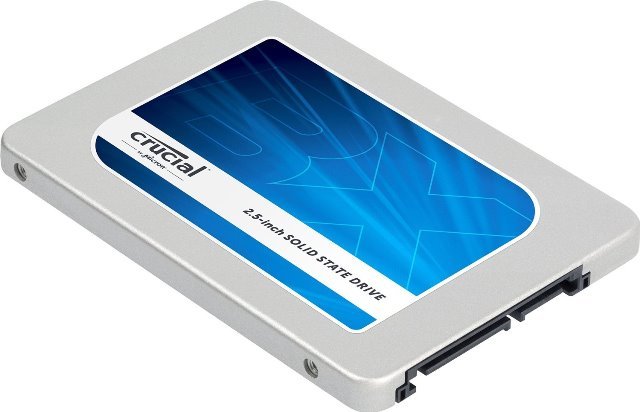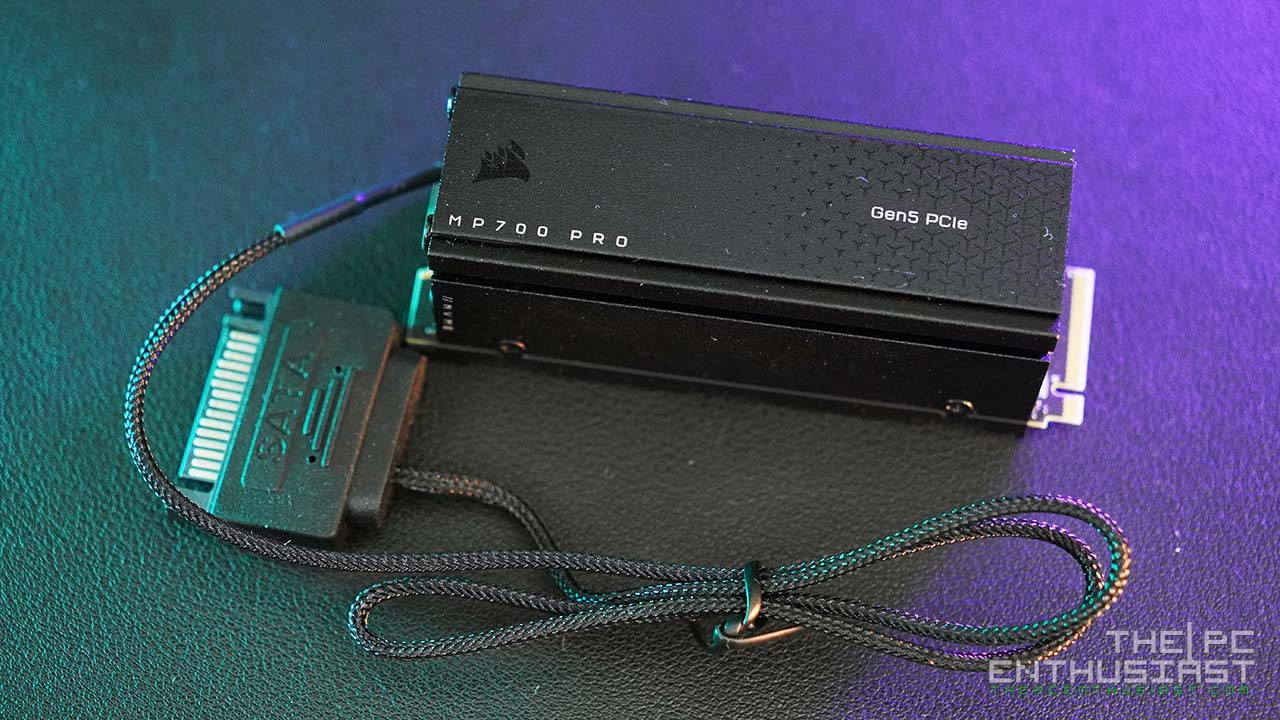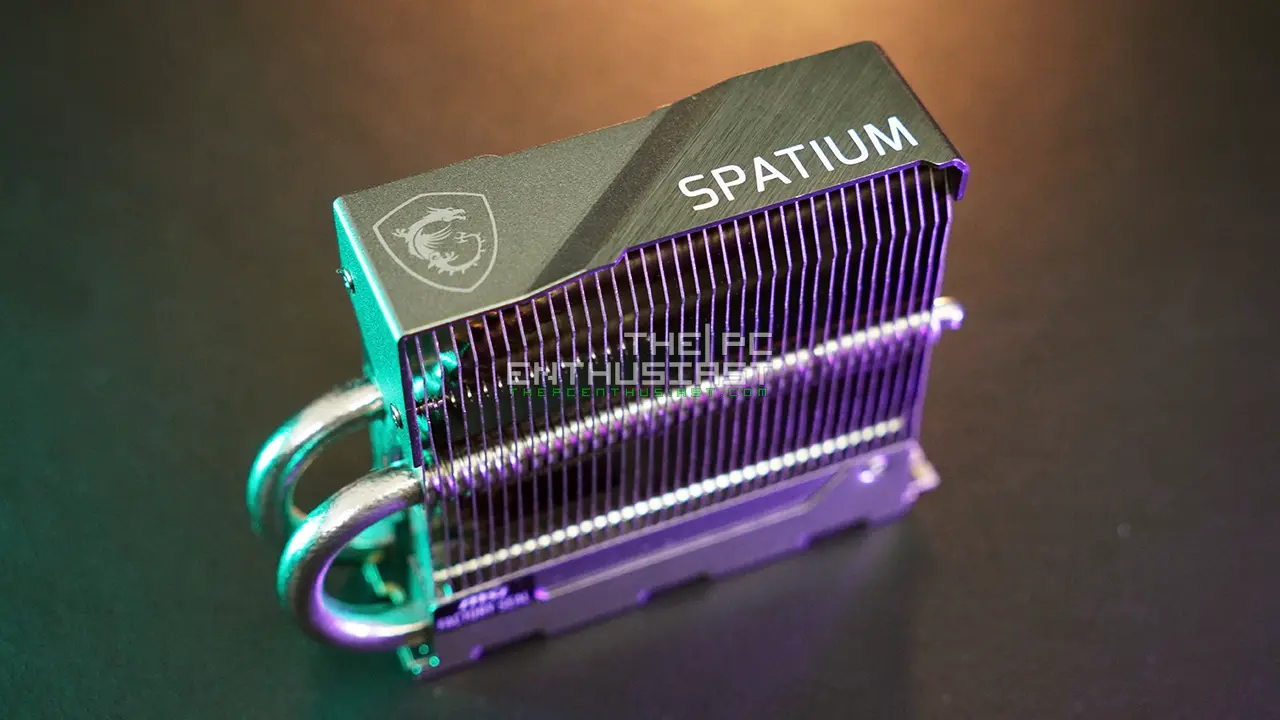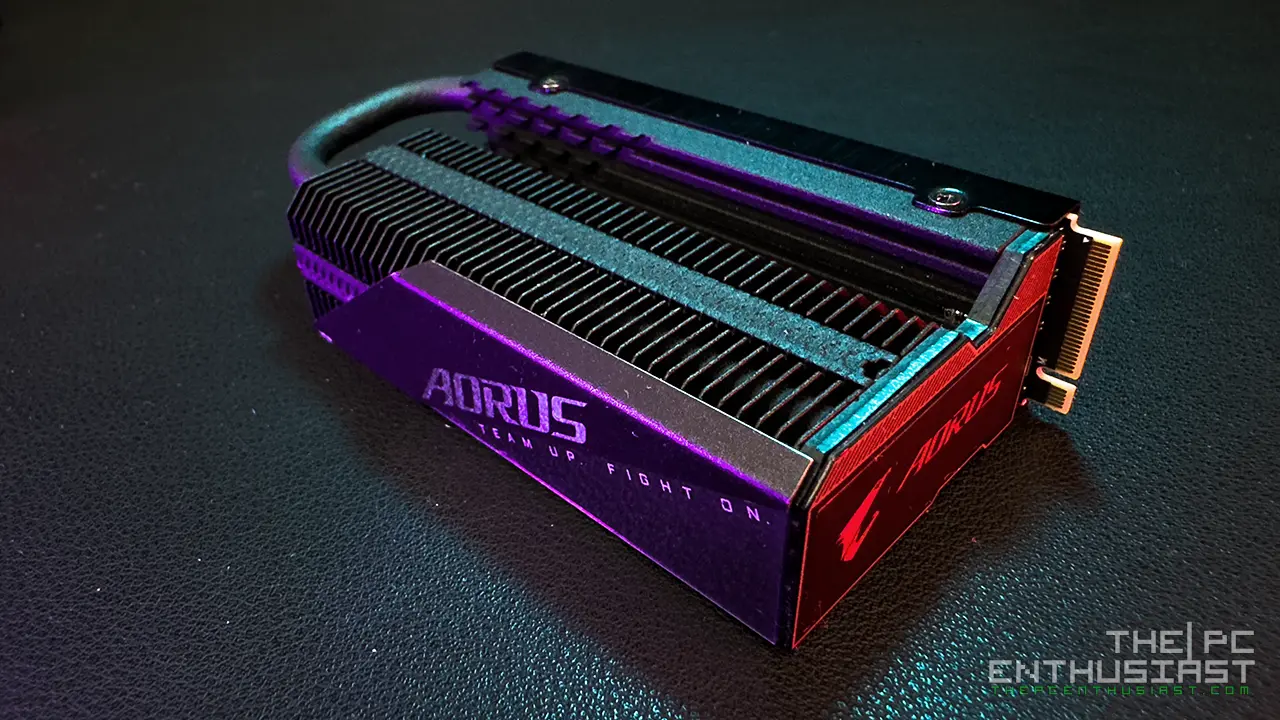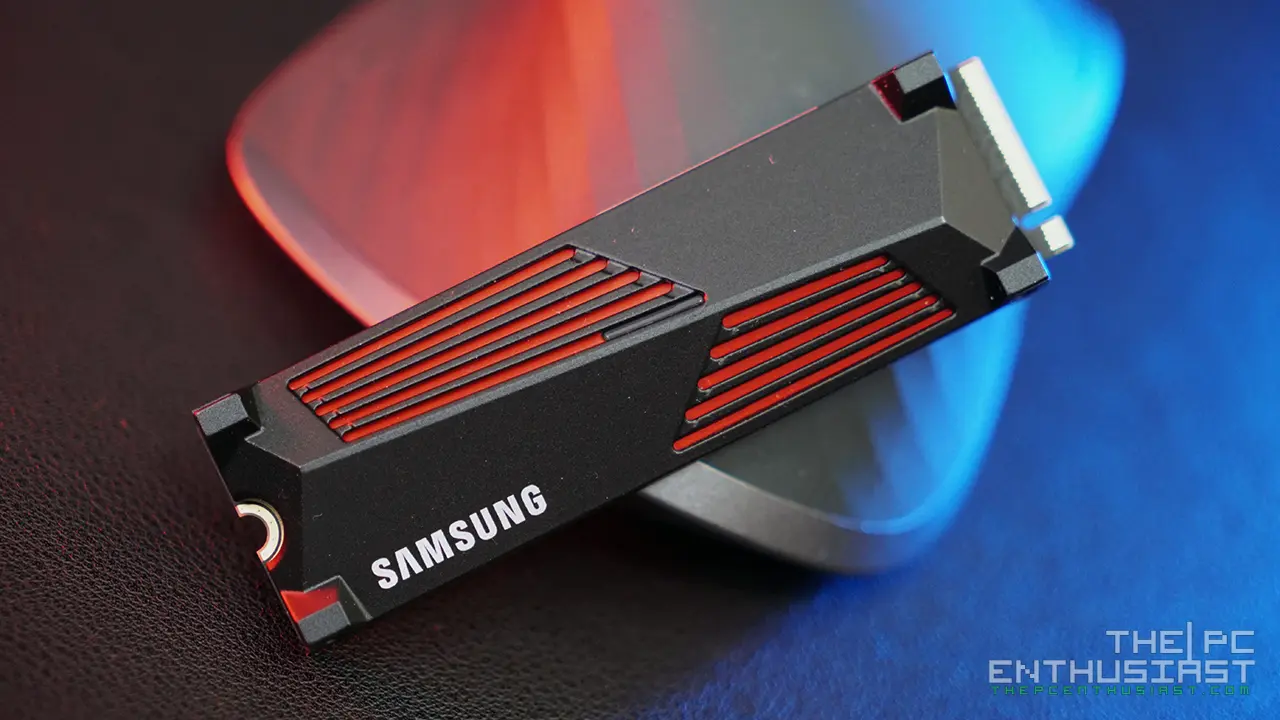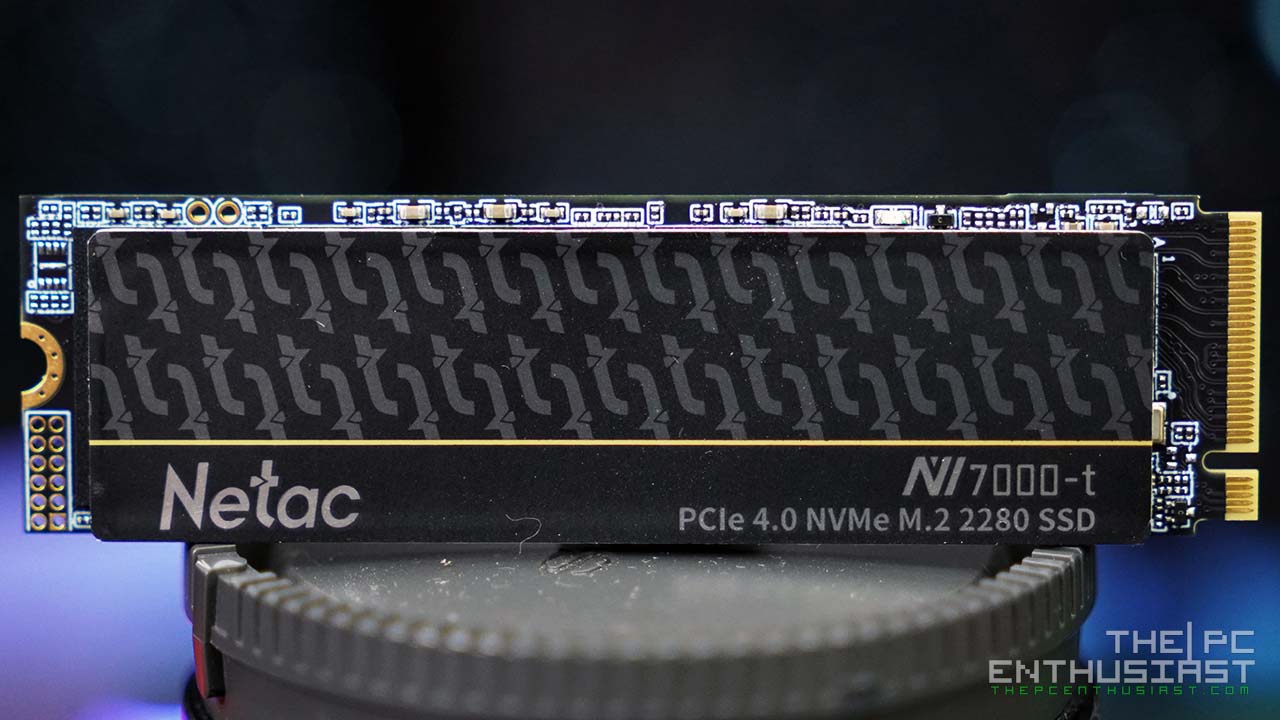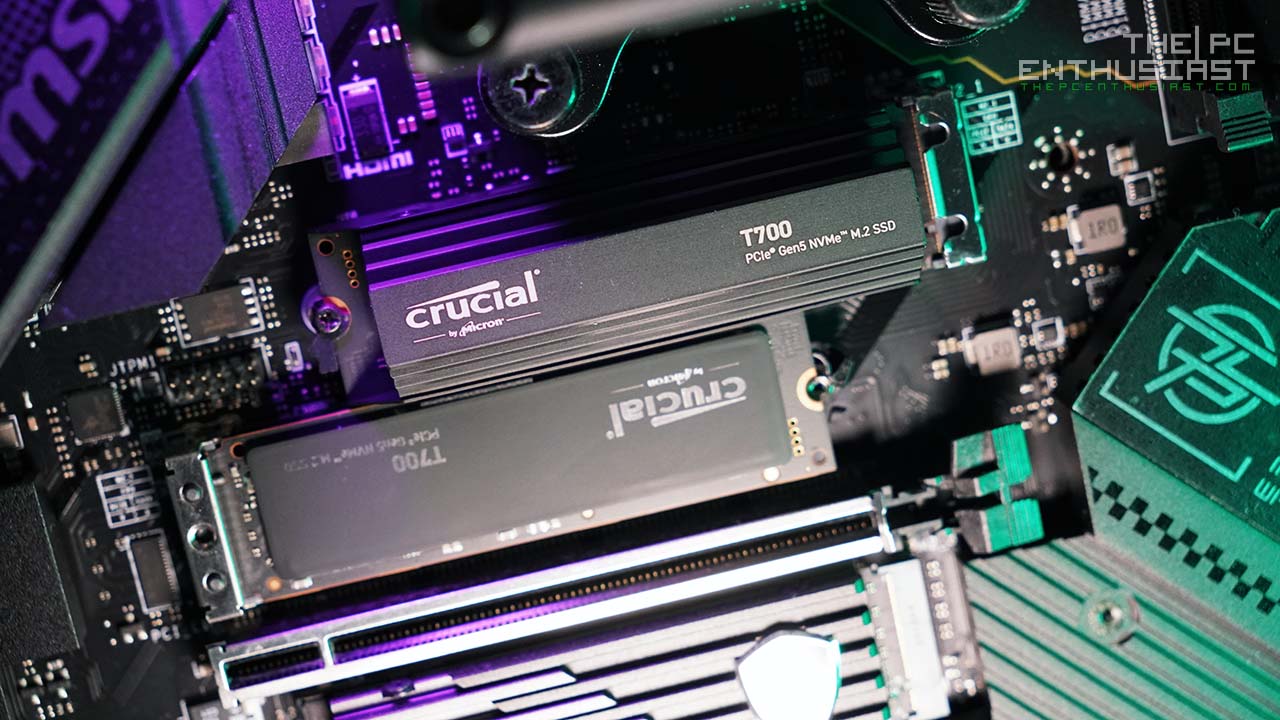The Crucial BX200 SSD series is the company’s latest budget friendly SSD released November last year. The new BX200 replaces Crucial’s first budget SSD, the BX100 that was released early last year. It features a Silicon Motion SM2256 controller paired with Micron’s 16nm TLC NAND flash. This is also the company’s first SSD to use TLC NAND. According to Crucial, their new BX200 SSD is an ideal replacement for your hard disk drive, and even some of the older SSDs. It offers sequential read speeds of up to 540 MB/s and sequential write speeds of up to 490 MB/s on all types of data, and random read speeds up to 66k and random write speeds 78k IOPS. Crucial sent us their BX200 960SSD capacity for the review. Does the new BX200 supersede the throne of its predecessor? And can it deliver satisfactory performance despite using TLC NAND flash? Find out in our review below.
Crucial BX200 960GB SSD Review
The next generation Crucial BX200 SSD series is powered with a Silicon Motion SM2256 controller and features Micron’s 16nm TLC NAND flash. It can provide sequential read speeds of up to 540MB/s, random read speeds of up to 66,000 IOPS and sequential write speeds of up to 490MB/s, random write speeds of up to 78,000 IOPS. Like the first generation, the BX200 is a budget friendly SSD that offers a faster solution and an ideal replacement for a mechanical hard disk drive, specially the laptop or notebook users.
Most of us, in this time of age, already know that SSDs are generally and usually faster than any mechanical hard disk drives. SSDs significantly excel in terms of performance and power consumption, except for price/GB ratio. However, unlike Crucial’s previous SSDs, the company is using TLC (Three Level Cell) NAND flash instead of MLC (Multi Level Cell) NAND flash. The problem with TLC is that they tend to perform lower than an MLC. They have lower program/erase cycles per cell and they have lower endurance limit compared to MLC. The only good thing about TLC is that it’s cheaper and basically it should make an SSD cheaper compared to MLC-based SSDs.
According to Crucial, the BX200 series features an endurance of 72TB TBW (Total Bytes Written) or 40GB per day for 5 years. That’s similar to what the BX100 (MLC-based) SSD has to offer. It also has a life expectancy of 1.5 million hours MTTF, and the company is also offering a limited 3 year warranty for this SSD.
The Crucial BX200 SSD series also comes with advanced features like Multistep Data Integrity Algorithm, Thermal Monitoring, SLC Write Acceleration, Data Path Protection, Active Garbage Collection, TRIM Support, Self-Monitoring and Reporting Technology (SMART), Error Correction Code (ECC), Device Sleep Extreme Low Power Mode (DEVSLP) and user upgradeable firmware. These are just some of the essential features that I think every SSD should have.
Below are additional information about the BX200 SSD series. After that, let’s proceed to the next page and get a closer look at the product.
Crucial BX200 SSD Specifications
| Form Factor | 2.5-inch internal SSD |
| Capacities | 240GB, 480GB, 960GB |
| Warranty | Limited 3-year |
| Speeds | Sequential Read: up to 540 MB/s Sequential Write: up to 490 MB/s Random Read: up to 66k IOPS Random Write: up to 78k IOPS |
| Series | BX200 |
| Product Line | Client SSD |
| Interface | SATA 6.0Gb/s |
| Device Type | Internal Solid State Drive |
| Unit Height | 7mm |
| Form Factor | 2.5-inch (7mm) |
| Package Content | Crucial® BX200 2.5-inch 7mm SSD, 7mm to 9.5mm spacer, Data migration software key |


